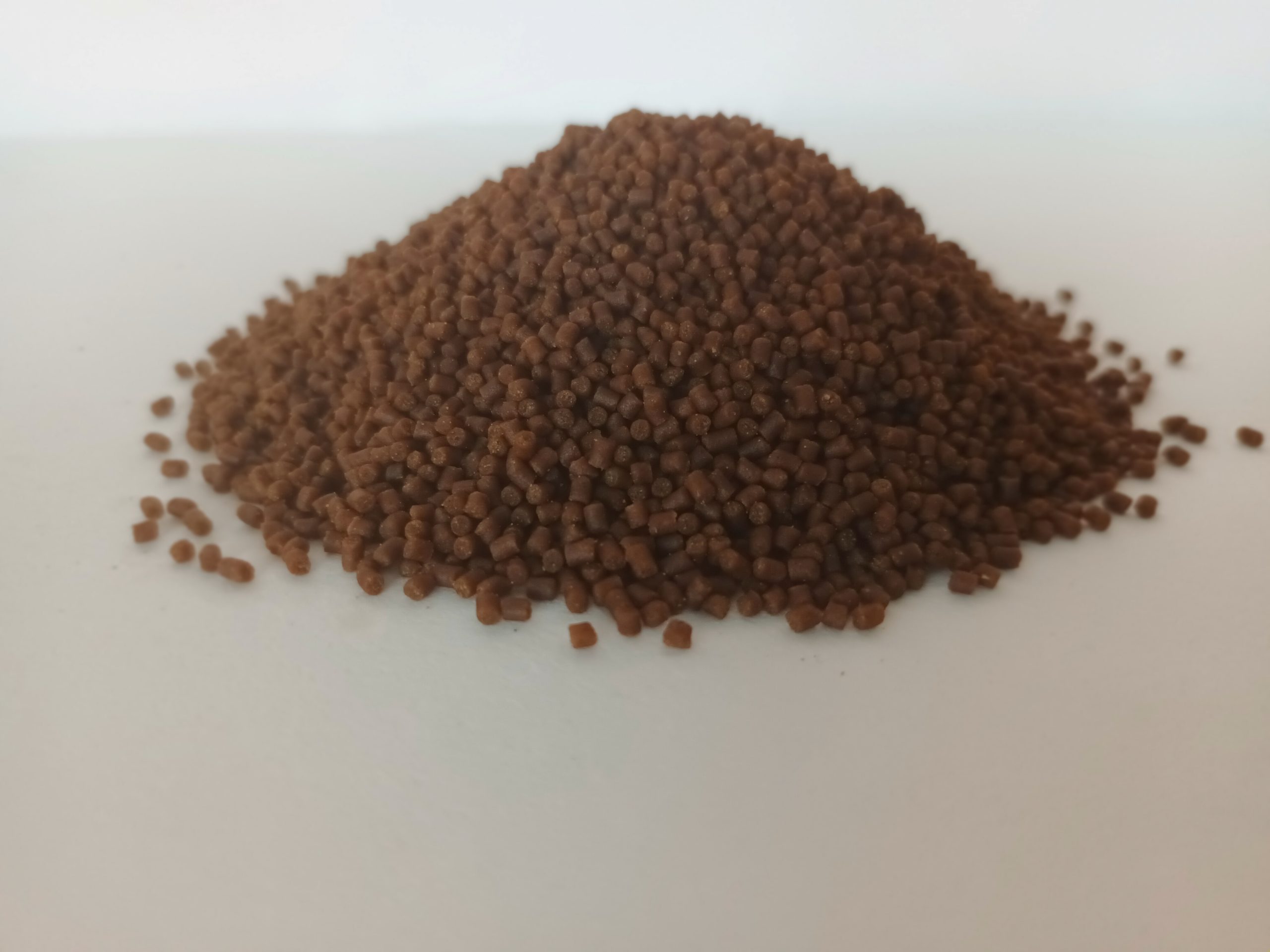
Kronos Marine

Optimus
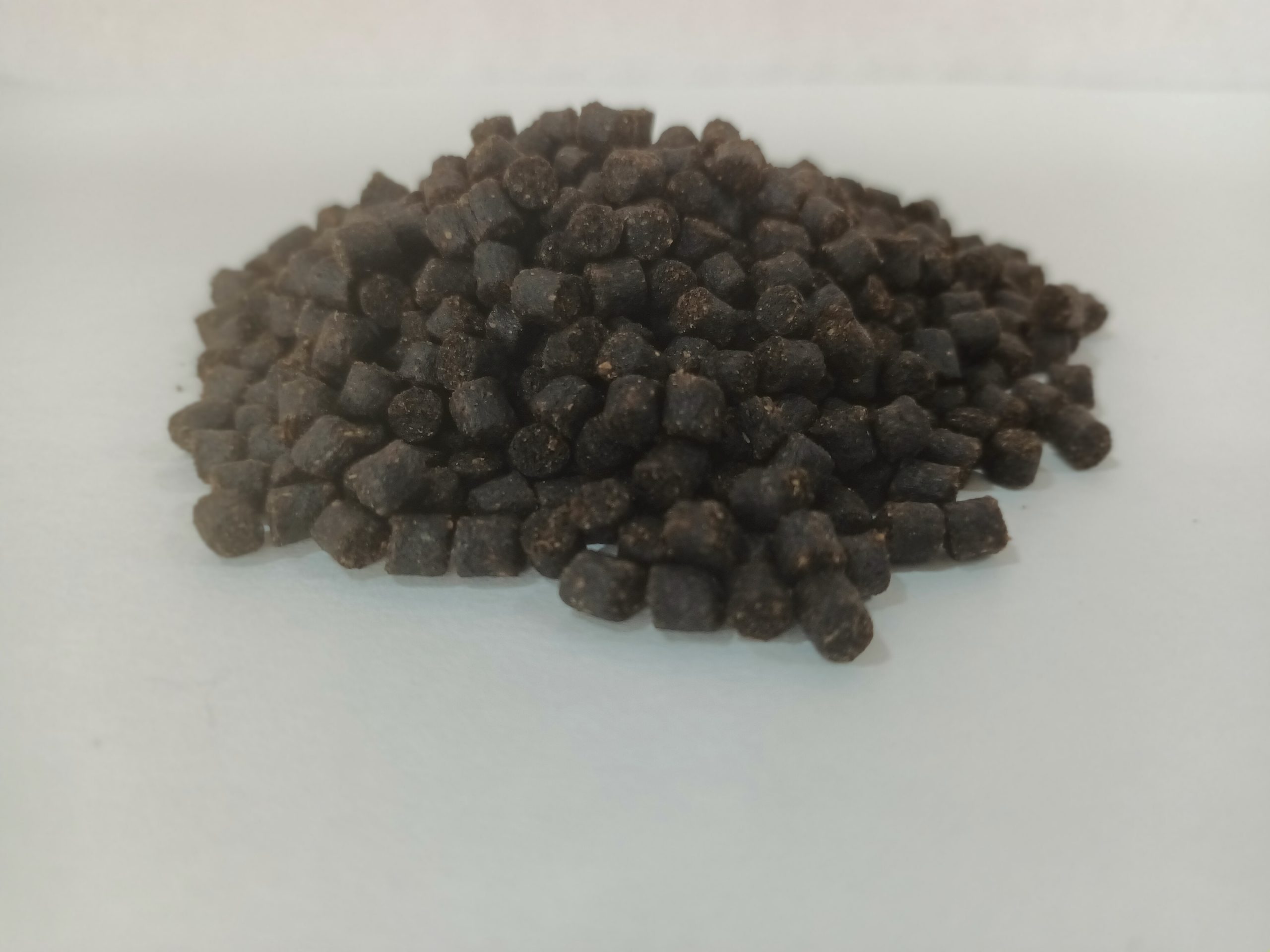
Vital S

Nutraplus
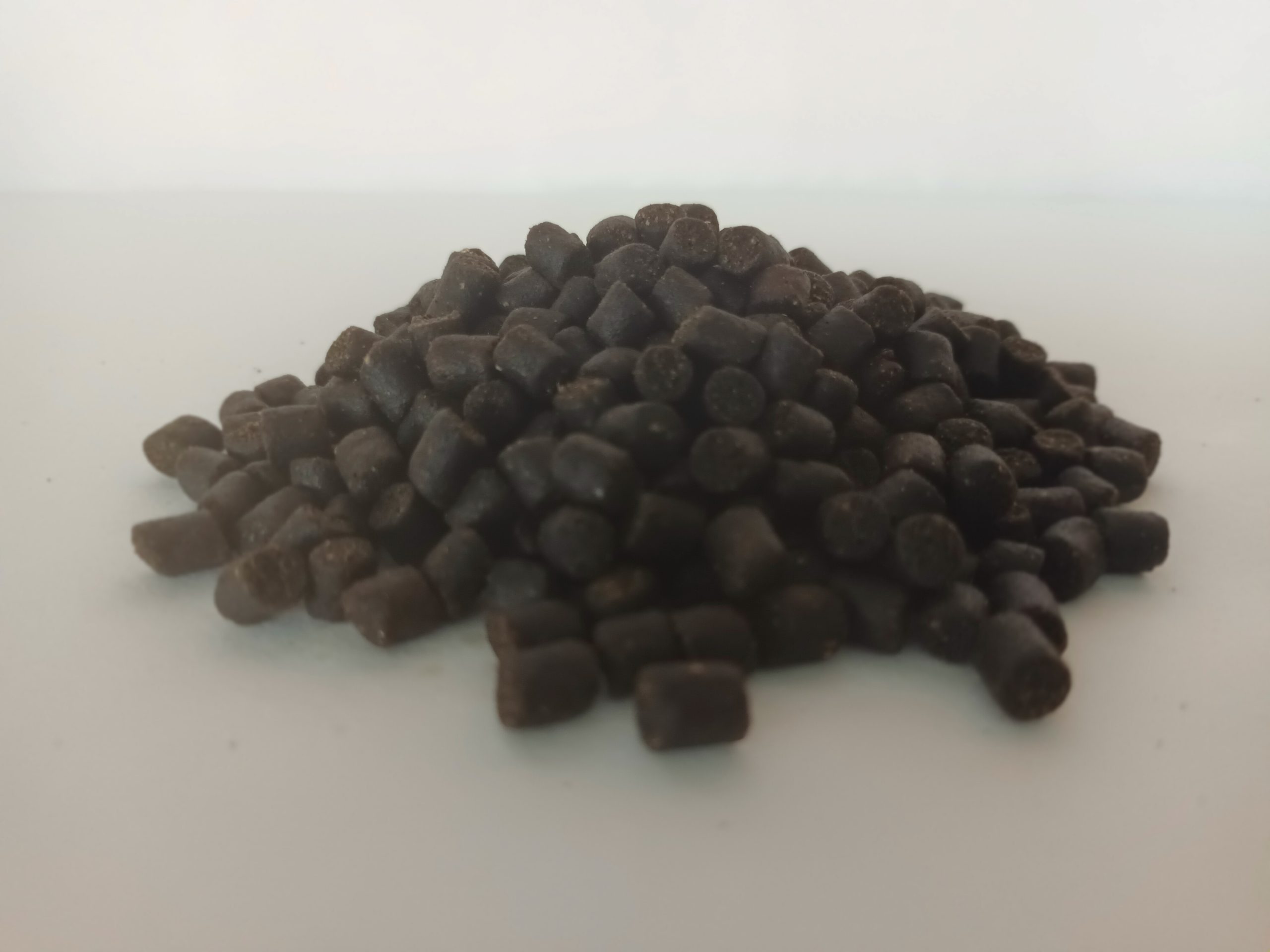
Maxpro
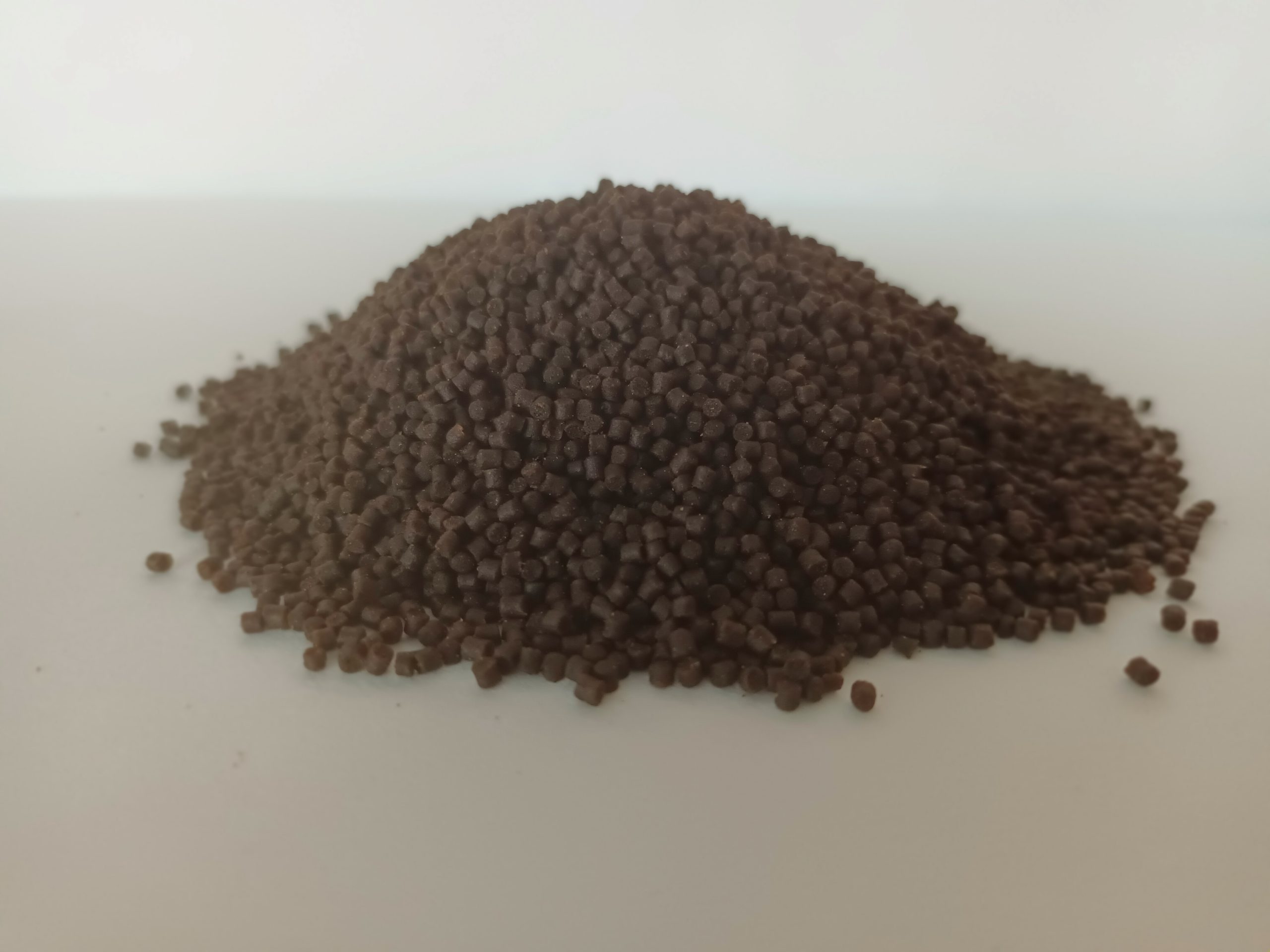
Alphadiva 4Tress
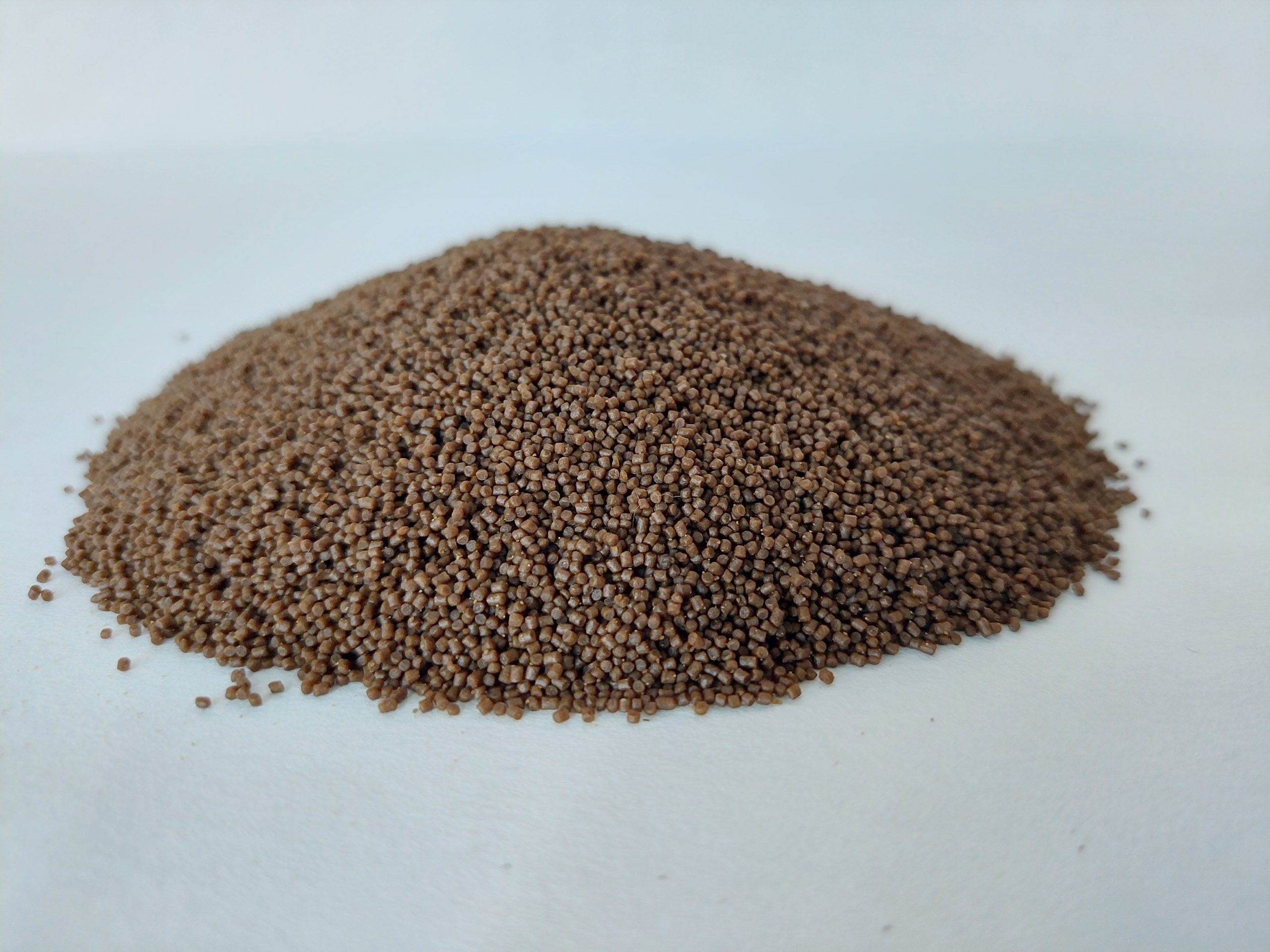
Microbaq M
In recent years Dibaq has developed the concept of feeding programmes, i.e., the use of food and management standards most appropriate depending on the prevailing conditions at all times throughout the production cycle.
The ultimate goal is to reduce the cost of production, so it is made individually for each installation according to their characteristics and needs.
Dibaq’s products range for lubine and other species in cultivation food gets bigger and it is constantly renewed depending on the results we have got in our R&D programs. These programs are sponsored by both our company and the market’s demand. Thus, the aim of reaching outputs in the fodder, like those that are reached on salmon’s feeding, is closer and closer..
This species sensitivity to stress caused by management can be decreased by using our marine feeding 4Tress® that combines a mineral-vitamin complex with immunostimulators. A few days after, a successful result can be obtained.
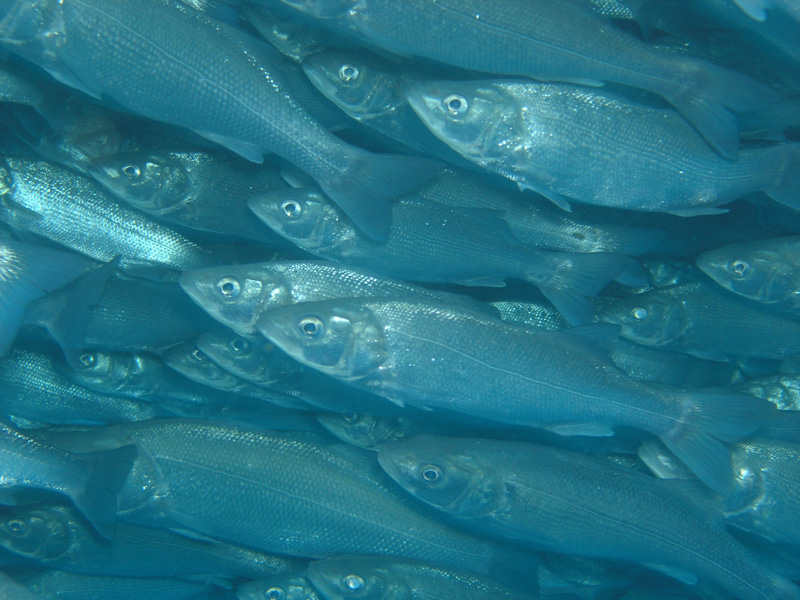
- Temperature
- 64.4-68ºF
- Salinity
- 100-150 per mille
- Oxygen
- > 6 ppm
- Density
- 28.4-45.45 l/p
- Survival
- 30-50%
- Egg diameter
- 0.4-0.6 in
- Larva’s length
- 0.12 in
- Temperature
- 71.6-80.6ºF
- Salinity
- 30-40 per mille
- Oxygen
- > 5 ppm
- Load
- 1.25-1.56 lb/ft3
- Duration
- 15-18 months
- Final weight
- 0.77-0.99 lb
- Survival
- 80-85%


